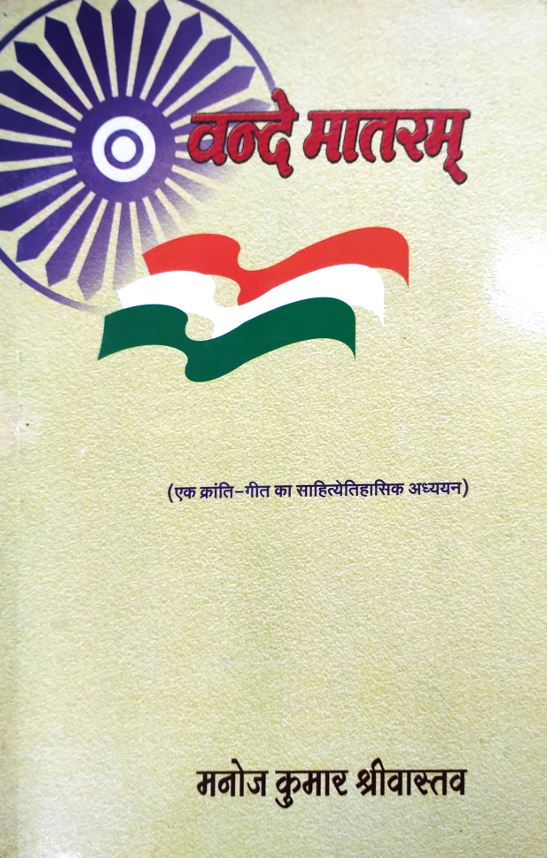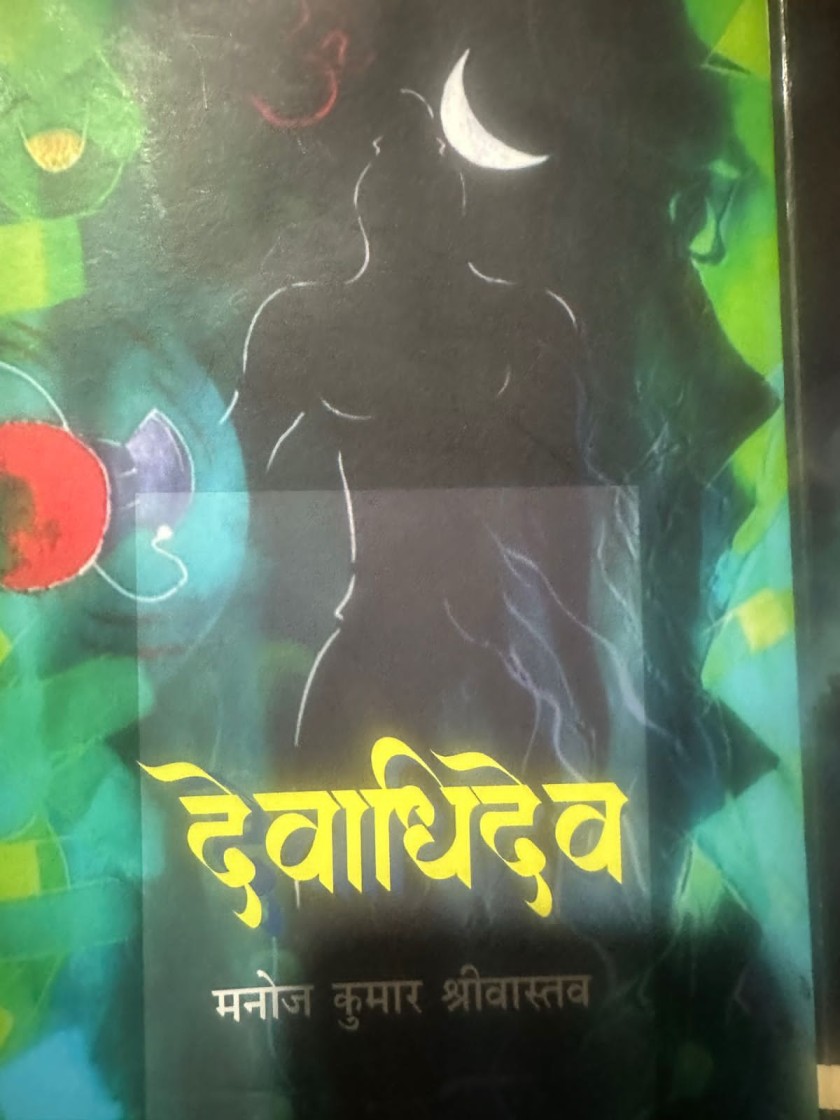![[BOOK NAME] Art](./images/manojkumarimages/cover/APARAJITA.jpeg)
When the great poet Nirala wrote *Ram Ki Shakti Puja*, he made Jambavan — always seen as a symbol of awakening, consciousness, and innovation — say: "O Raghunandan! Imagine the primal form of Shakti." Nirala's Ram is able to do this. But even in today's time, we need a similar original imagination of Shakti. This is an era of female foeticide. Modernity today merely transformed the infant killing of William Bentinck's era into foeticide. In front of the Durga who slew Raktabeej, today stands the blood of unborn seeds. In such times, Nirala's primal vision of Shakti becomes an essential reference for us.

Most national anthems around the world emerged during times of struggle — whether it's France or America, they were born in moments of crisis. Even Britain's national anthem originated during the Jacobite Rebellion. Some anthems evolved around national heroes (like in Denmark, Haiti, etc.), while others in the context of the nation's flag (like Honduras, United States). A word of memories—if you're not burdened by a sense of inferiority, then the meaning of my poem will be clearest to you—you will feel like a blooming flower on the grand stage of this vast and visionary creation.

The concept of viewing this creation as a form of Shiva’s dance has been suggested today by M. Theory or String Theory, which certainly gives a glimpse of some scientific vibrations. But before that, this Lord of Destruction presents himself to us as an artist, one who finds rhythm even in destruction. This societal wealth has always played a significant role in the intense life of India. In Shiva’s Tandava, people have often seen only rage, but to see its purity and mutual resonance, one needs the artistic vision of someone like Bhavabhuti himself. In his play ‘Malati Madhava,’ he describes this dance as a familial emotion and inserts a few playful moments. When Nandi plays the musical instruments, Kartikeya’s peacock mistakes it for thunder and starts dancing. Seeing this, the snake Vasuki coiled around Shiva’s neck becomes frightened, and even Ganesha flares his nostrils in anger.